
Wet, wet, wet!
The late rains have been both a challenge and a blessing
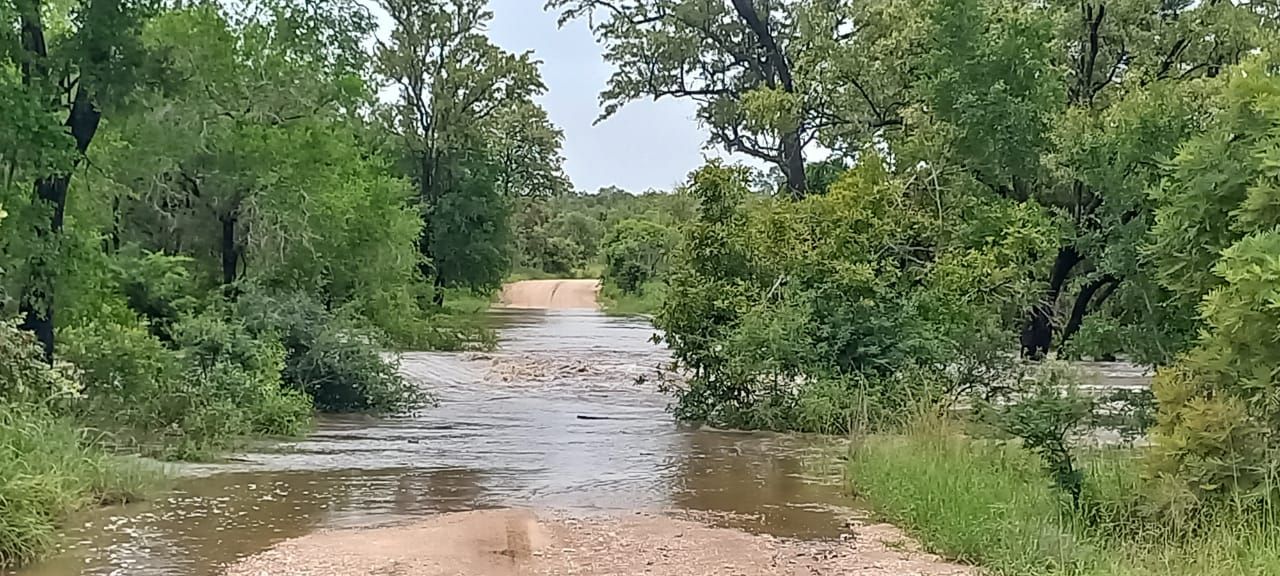
The Manyeleti has been reborn of late, thanks to the torrential rains we have experienced here in South Africa's Lowveld. While
parts of the region have been hit by heavy flooding as a result, the rainfall has come at an opportune moment for the wild
fauna and flora around us.
Of course, it's been challenging too, with 291mm falling between 9 and 14 February. That's 11,6 inches for our friends in the USA! We managed to stay afloat (no pun intended) and even though navigating some of our roads was an adventure all of its own! To put things in perspective, our total annual rainfall average is between 480mm and 500mm. February is traditionally our wettest month with an average of 97mm. We had almost four times that amount in just five days!
There is an upside to all of this, though. We've not seen or heard the African bullfrog for more than two years here at Pungwe. Suddenly, as the rain drenched the soil, within an hour we suddenly began hearing them and witnessing them emerging from the ground, where they spend most of the year hibernating.
Pungwe's Michel Girardin explains...
"When talking about the African bullfrog I always quote a friend of mine, who said 'Imagine a predator that can weigh over 2kg (almost 5lbs), spends most of the year underground cocooned in layers of dry skin but emerges after heavy rain to breed, and then carefully looks after its babies when they hatch, but occasionally resorts to eating the self same offspring'. It sounds like something from a sci-fi tale but it's not, and it's amazing to actually see them and hear their incredibly loud calls at night.
"They are able to reduce their metabolism to a level where they hibernate until sufficient rainfall. They are fossorial (a burrowing animal) and only emerge from their burrows when it substantially rains.
"Other frogs that we have encountered are the painted reed frog; striped stream frog; bubbling cassinas; banded rubber frog, gutteral toad and raucous toad."
Michel explains that in spite of the rain, game viewing in and around Pungwe has not really been affected.
"The flushing of the shorter grasses has seen large concentrations of zebra and wildebeest moving on to these areas. However, all the grass species are flushing and all are highly palatable at this stage of their growth. Predators have been seen a lot more on the roads and tracks...
"Being mammals like us, they also do not like walking through wet grass! One interesting individual has been Thavangumi, a relaxed male leopard who has been seen outside Chelele tent twice in recent days... He even scent-marked the chairs on the verandah of Chelele, leaving the distinctive smell that resembles hot popcorn behind him," says Michel.
"The elephants have been making huge footsteps everywhere they go making them easy to track," laughs Michel. "And the frog chorus of an evening, over and above the baritones of the African bullfrog, has been phenomenal.
"With the extremely wet weather we have been seeing raptors sitting atop trees, not having the updraft or thermals they need to soar into the skies. So we saw lots of vultures and eagles just perching."
The rains mean that all of the Manyeleti's dams are replenished and the myriad wallows and pans are full to the brim. This augurs well for both the winter months ahead and should stand the reserve in good stead for the next couple of years.
Michel explains that the grasses will seed twice or even three times this year as a result of the rains. "They had already seed once by the end of November and the rainfall we've had now will ensure more verdant growth," he says. "All species in an environment like this adapt exceptionally well to the ups and downs of rainfall."
It's a wonderful time to be in the Manyeleti now with it looking fantastically green and lush and set to look this way for a good few months ahead. So please get in touch to chat to us about coming to visit!
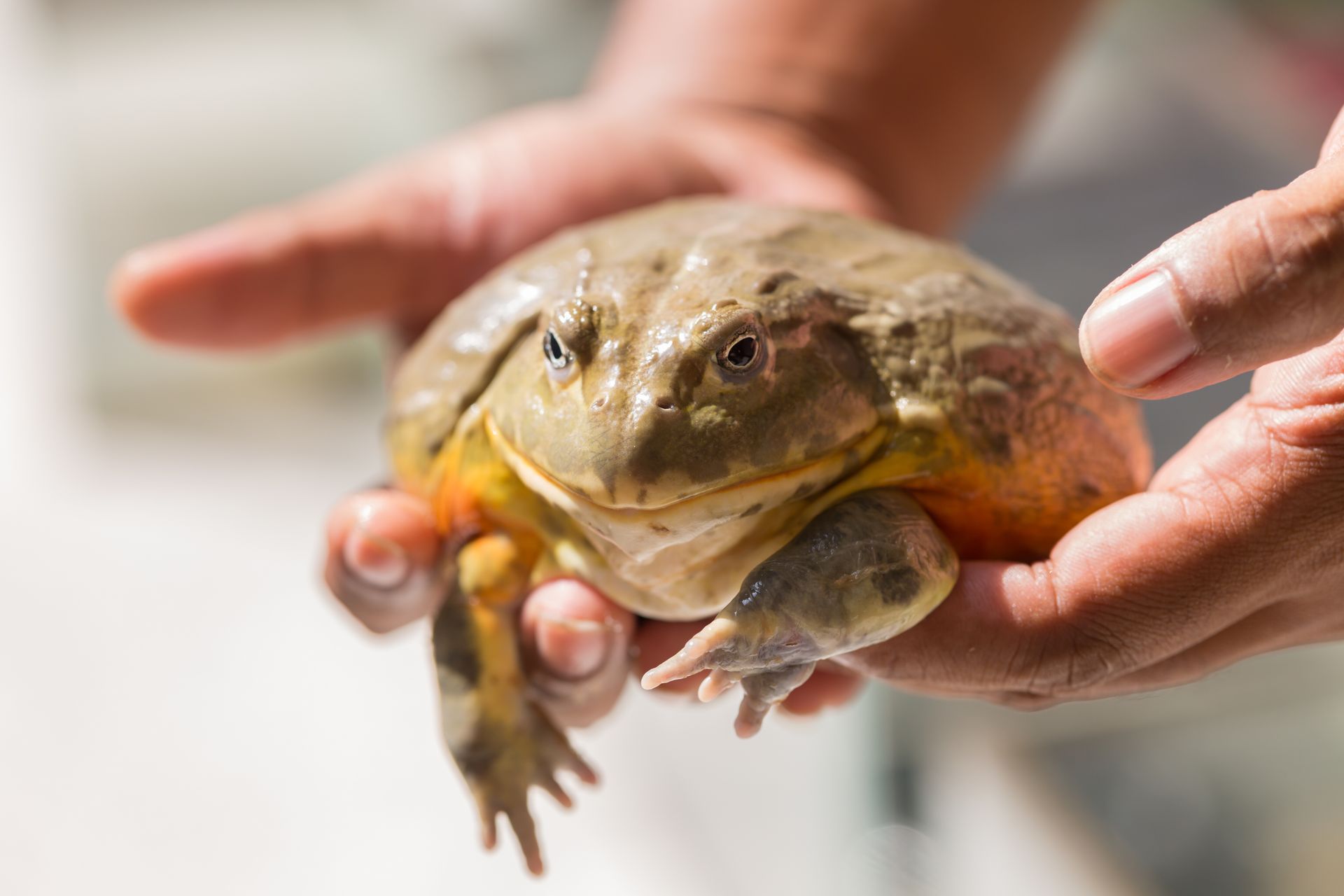
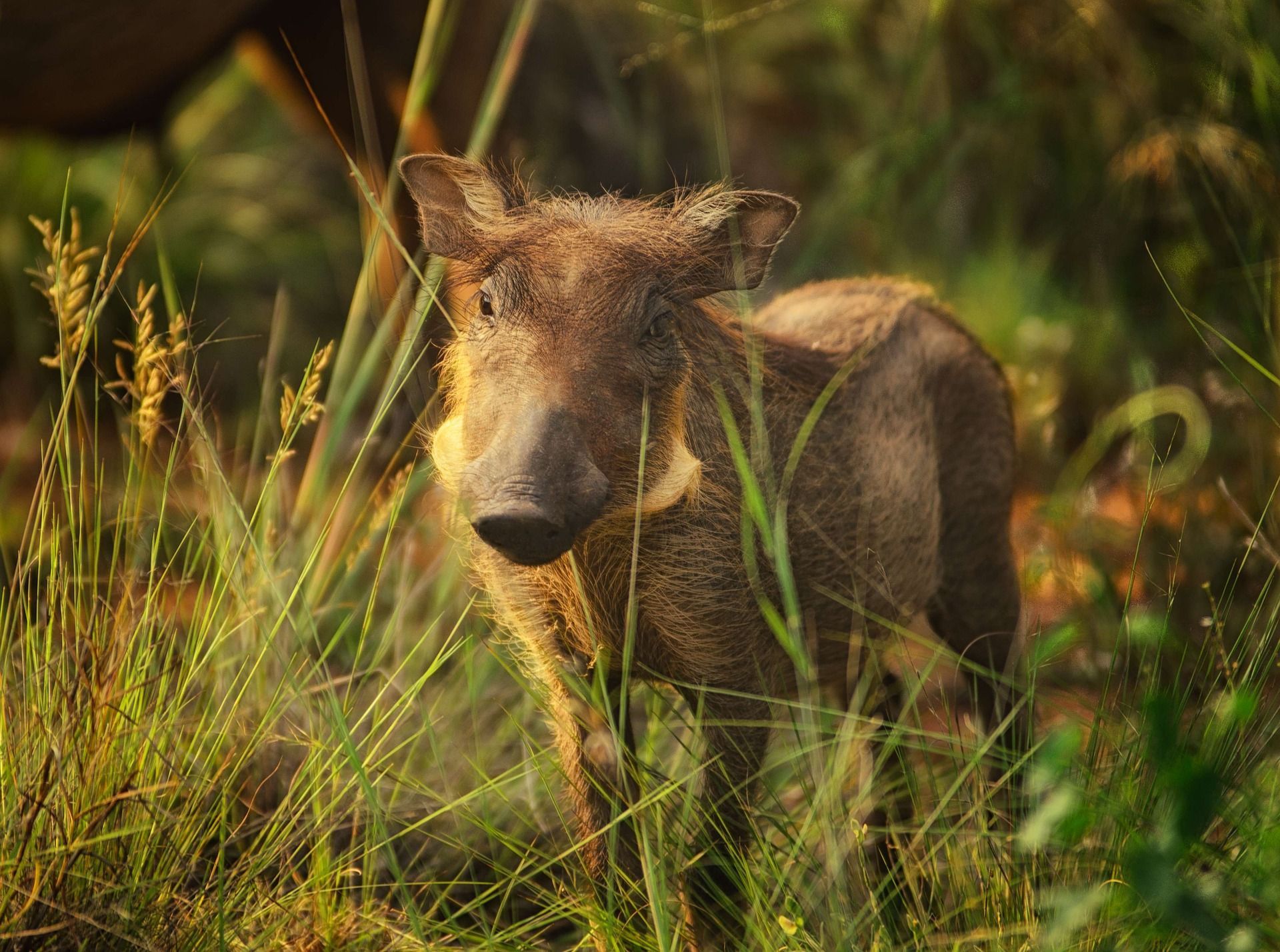
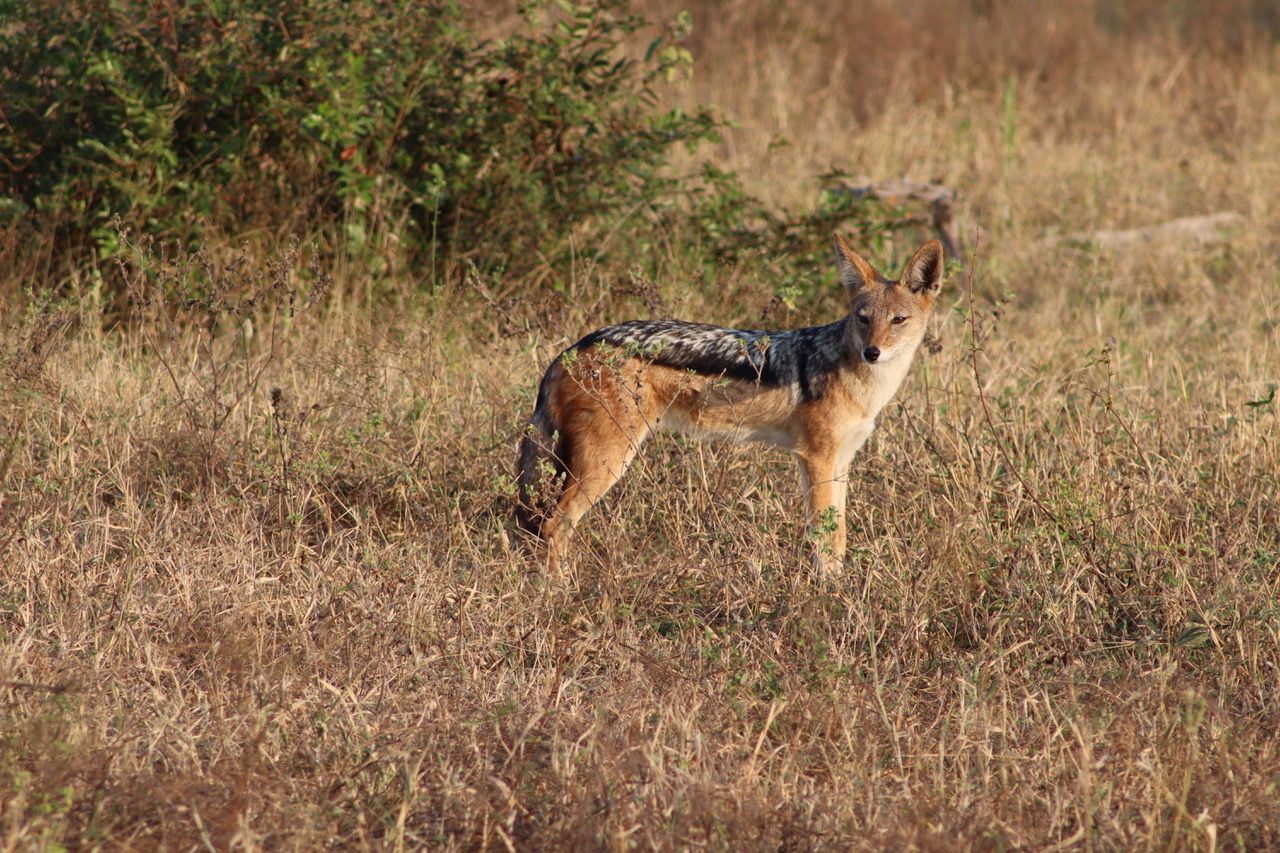
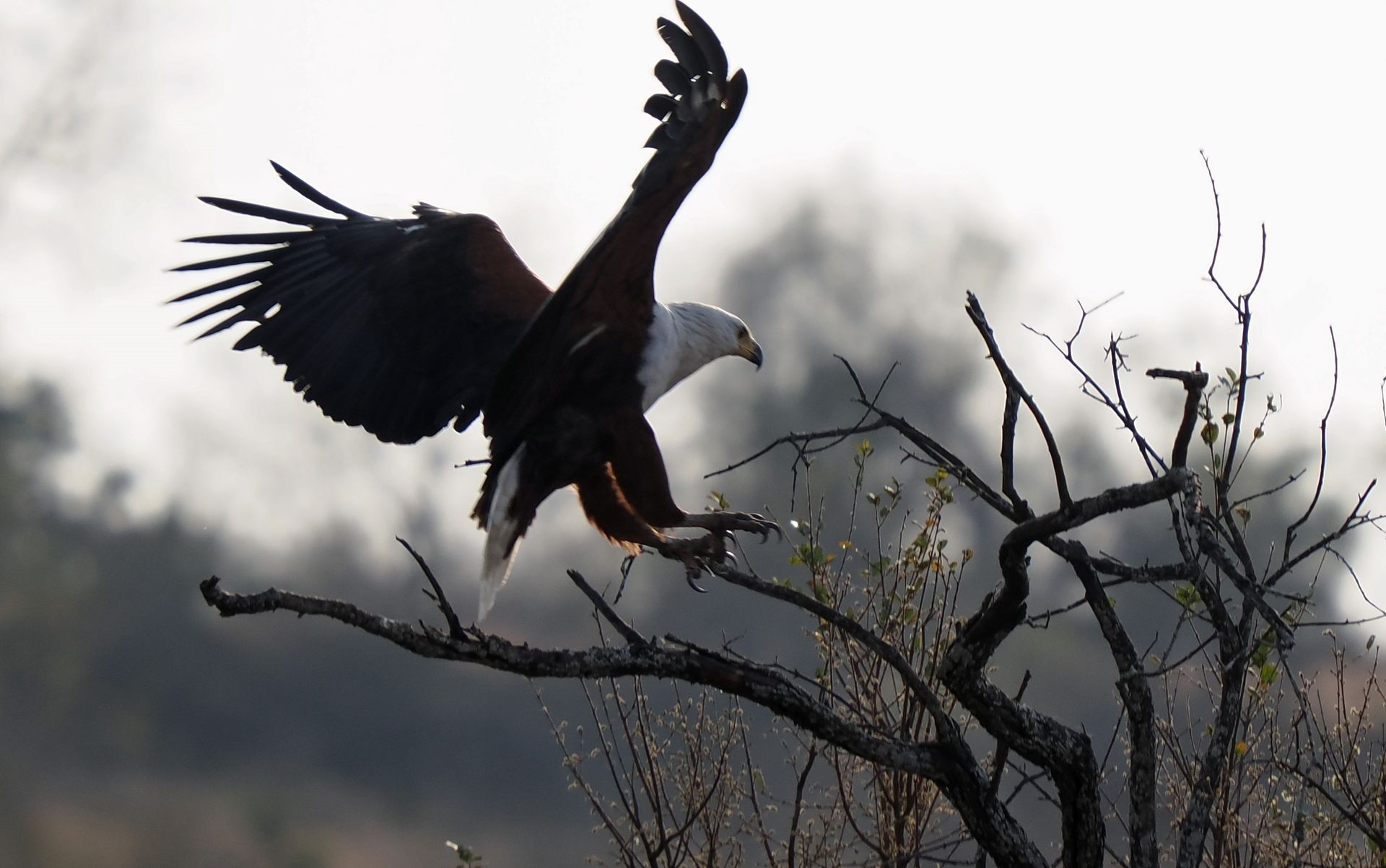
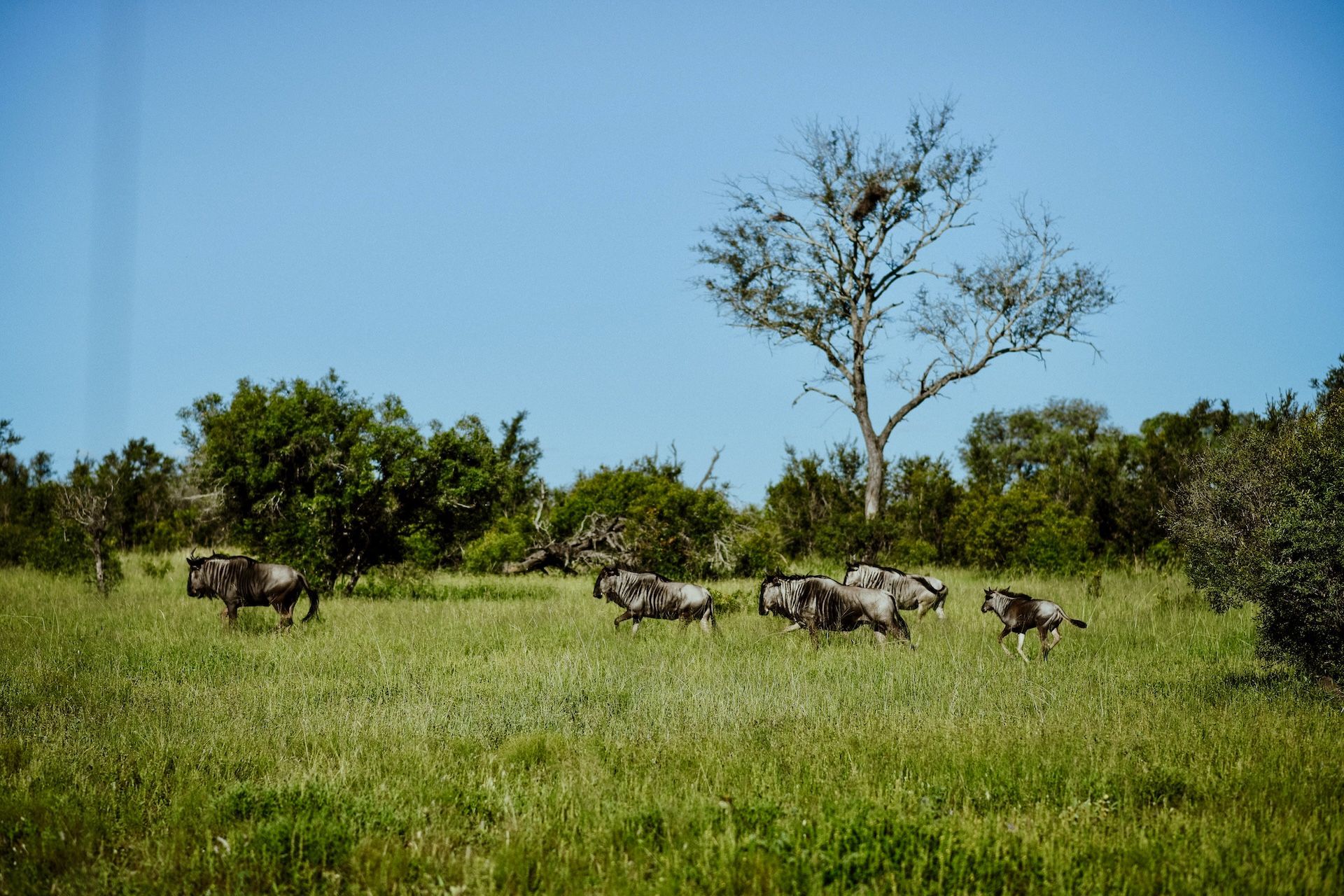
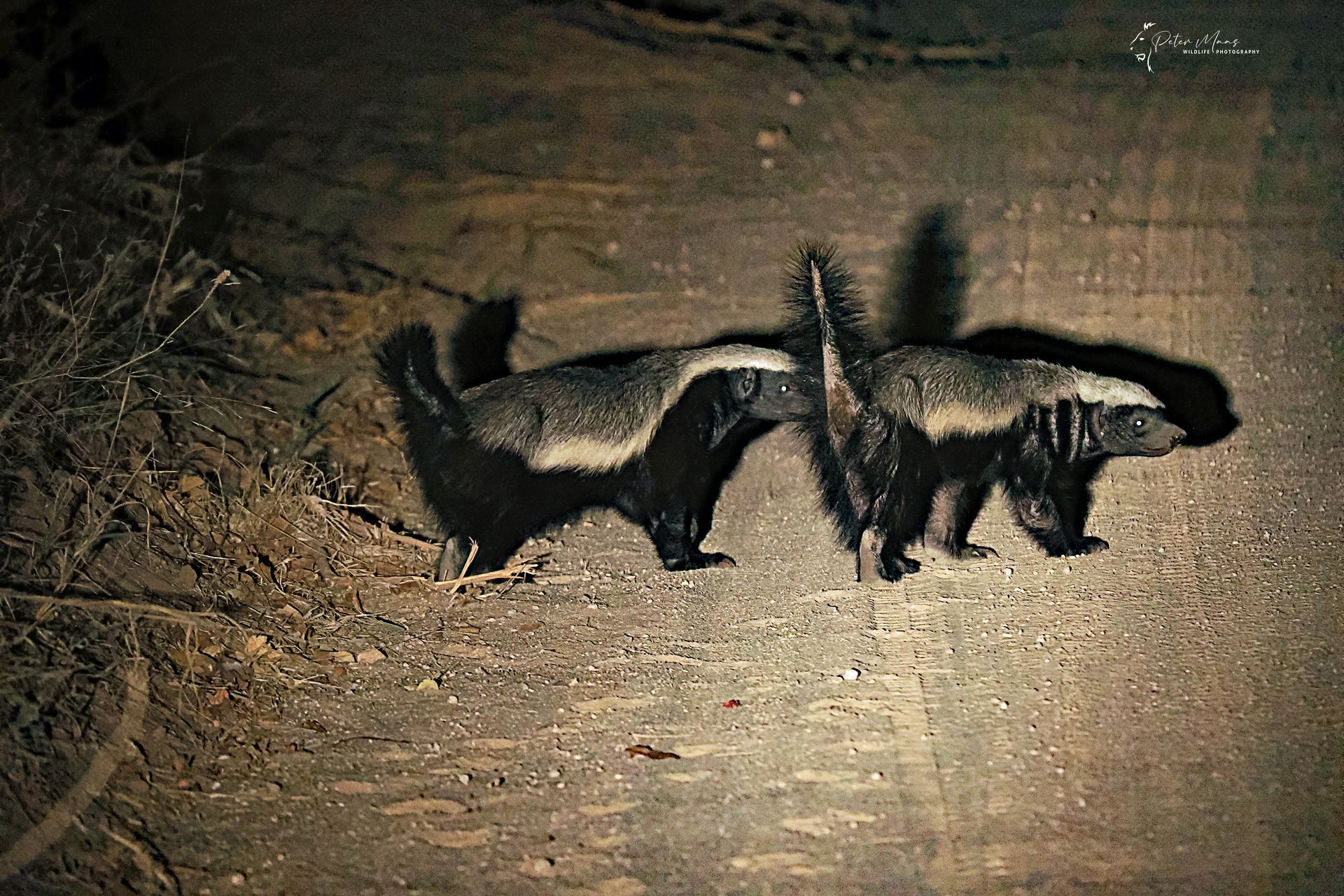
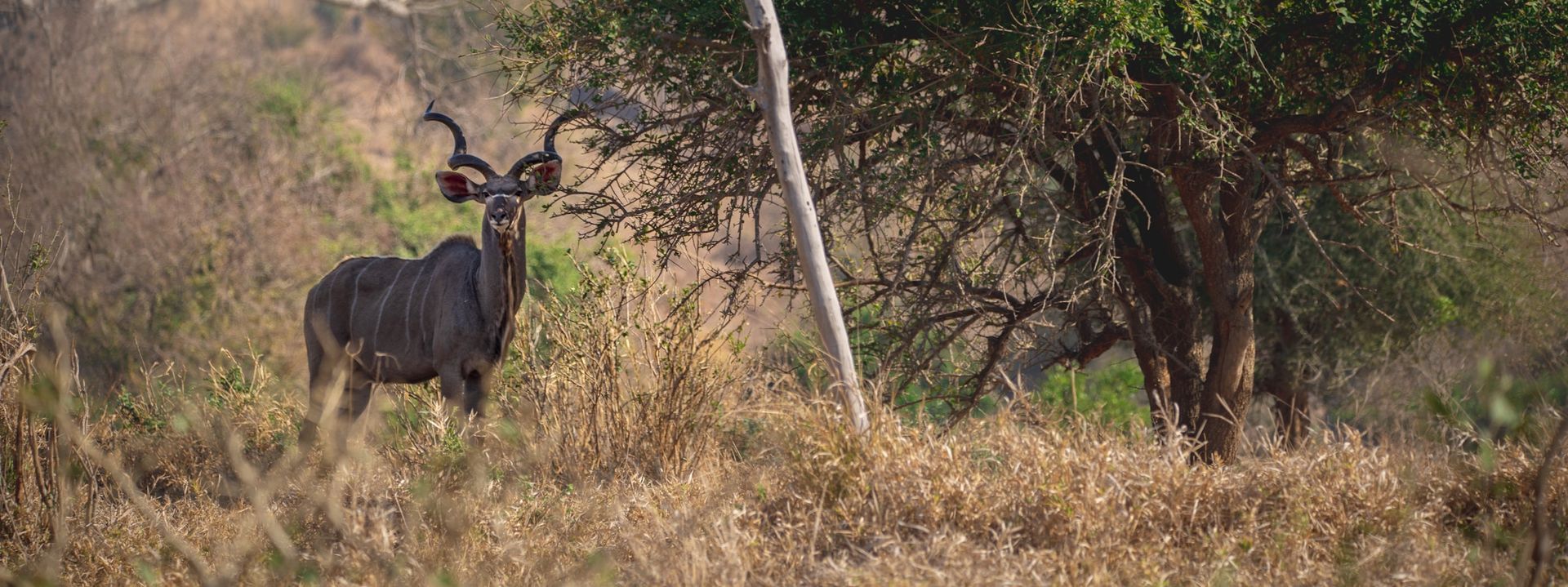
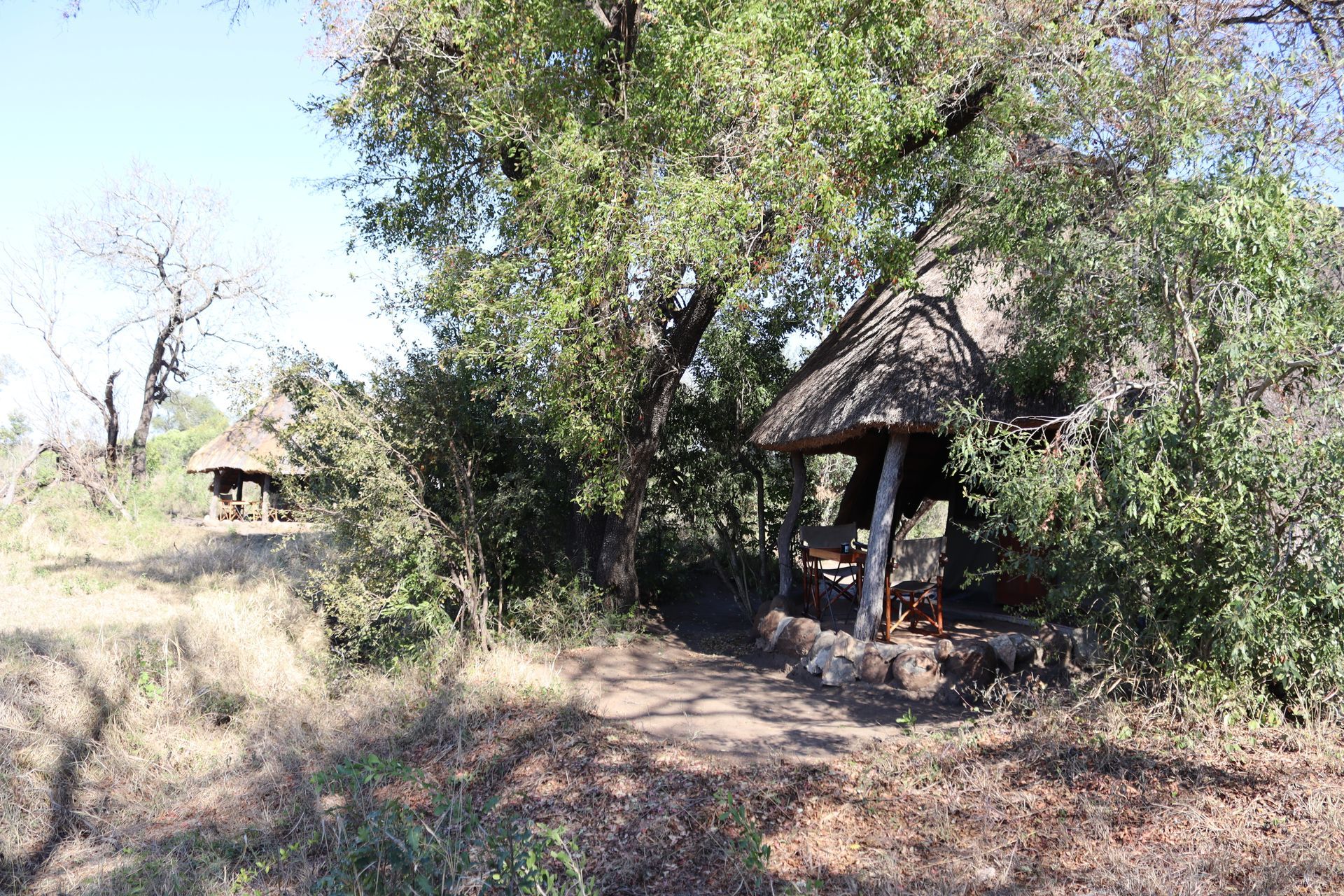
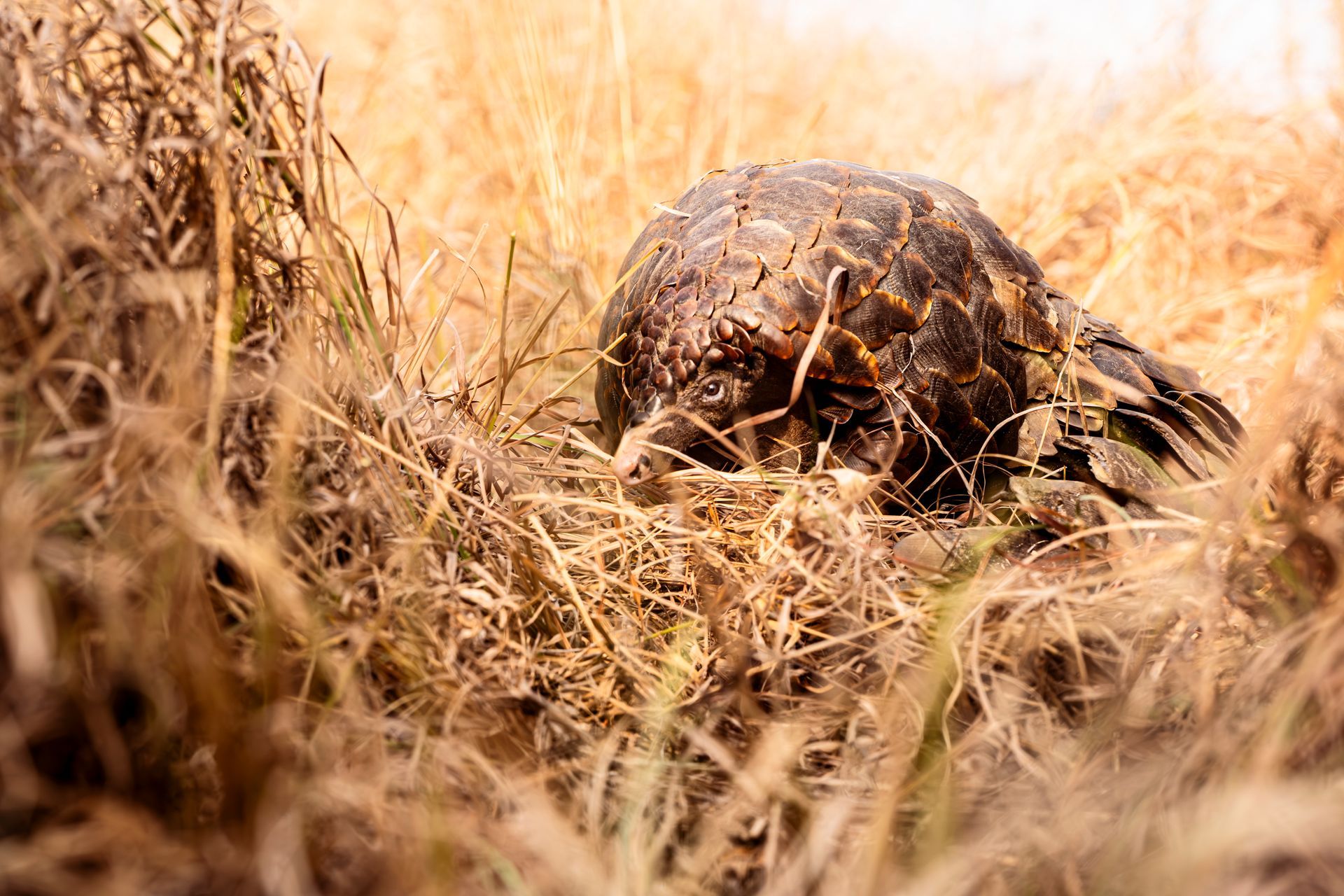
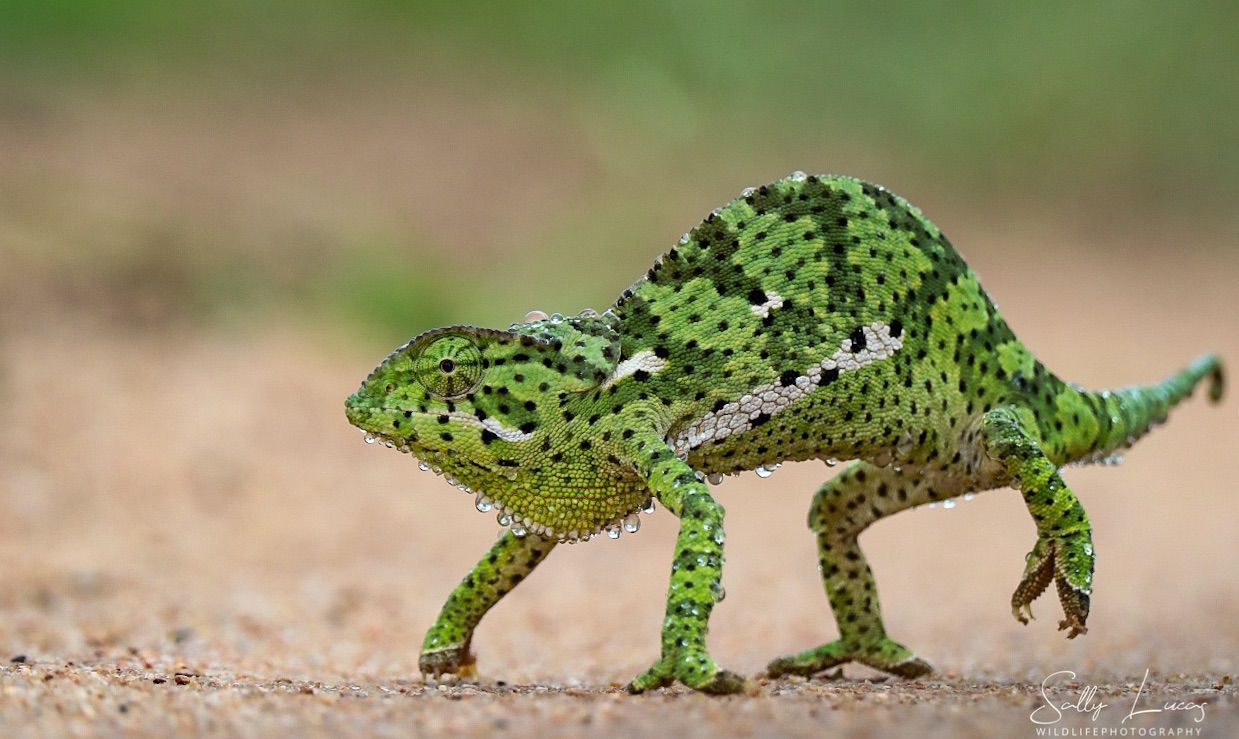
Pungwe Safari Camp
Manyeleti Game Reserve
Mpumalanga
South Africa
Tel: +27 82 853 9533
Email: info@pungwe.co.za
MENU
STAY CONNECTED
Join our Newsletter and find out more
Contact Us
We will get back to you as soon as possible
Please try again later
All images on this website have been taken at Pungwe by guests or staff
All Rights Reserved | Ingweleti Investments (Pty) Ltd T/A Pungwe Safari Camp

